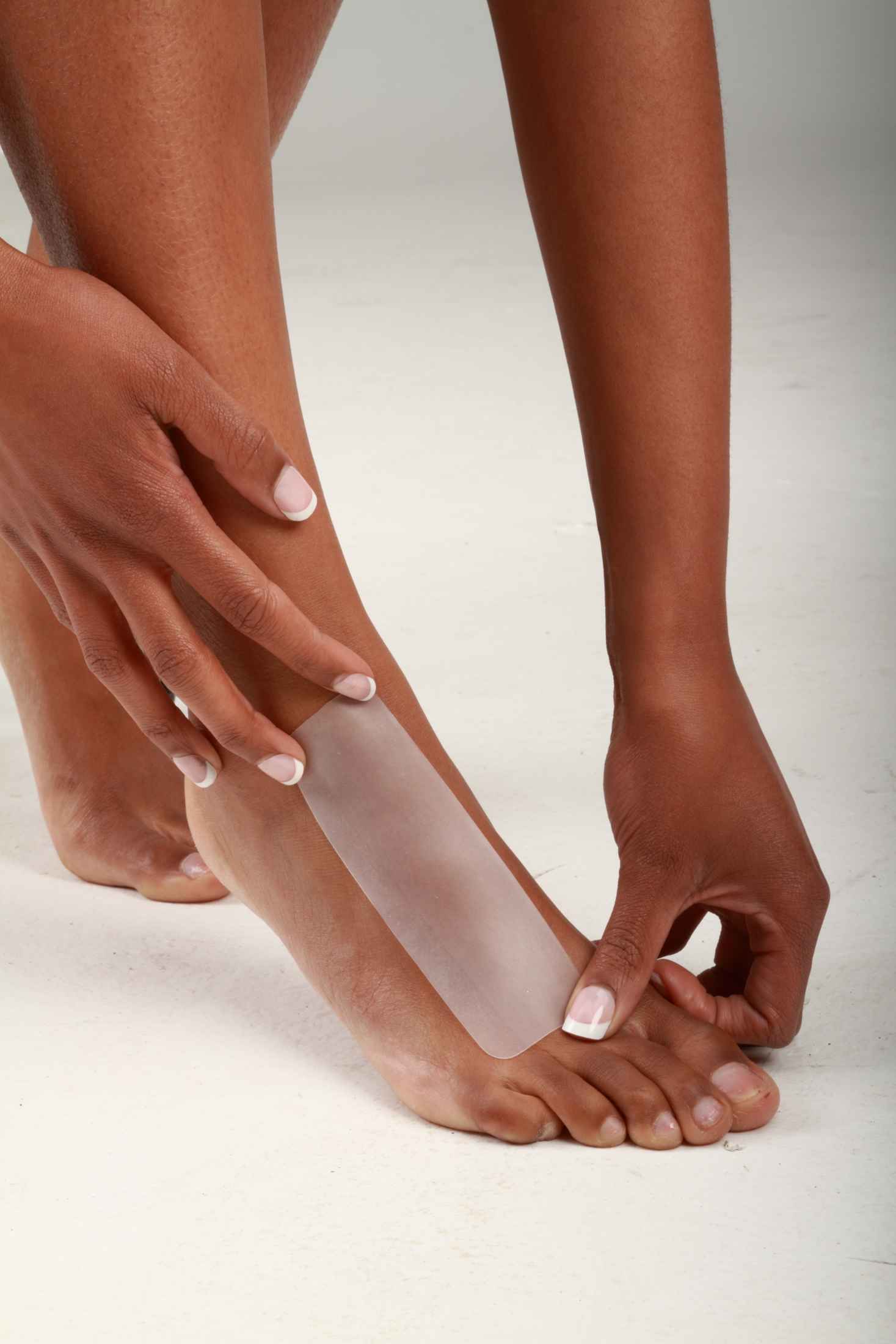Foot surgery scar management

The feet carry the load for the entire body and can develop a broad range of problems that require surgical correction, from bunions to hammer toes to ankle replacement. ReJuveness aids with foot surgery scar management from the period immediately following surgery to decades after a surgical incision has developed into a problem scar.
Silicone is the gold standard for foot surgery scar management, used as first-line prophylaxis by physicians. Use of silicone treatment should begin soon after surgical closure when the incision has epithelialized and continue for at least two to three months with 24-hour contact whenever possible. The longer silicone is in contact with the scar, the better the outcomes.
Surgical incisions usually heal within two weeks, and the scars reach their final appearance in about a year. In some cases the scars can become:
- hyperpigmented – darkened.
- hypopigmented – bleached out.
- atrophic – sunken because of the loss of fat or muscle around the incision.
- hypertrophic – slightly raised in a way that may regress over time.
- keloid – irregular, tough and raised scars, usually with a smooth top and a pink or purple color.
Recommended Products
Silicone sheets 3 to 10 inch
3.2 - 7 inches, starting at $19.95
The ReJuveness research team has discovered that topical silicone treatment is effective in foot surgery scar management, to prevent new scars from turning to problem scars and reduce scars that have become raised or discolored.
Silicone sheeting has been widely used by trauma centers for more than twenty years and is the favored treatment among plastic surgeons. Scientific research into foot surgery scar management indicates that topical application of silicone
The ReJuveness research team has discovered that topical silicone treatment is effective in foot surgery scar management, to prevent new scars from turning to problem scars and reduce scars that have become raised or discolored.
